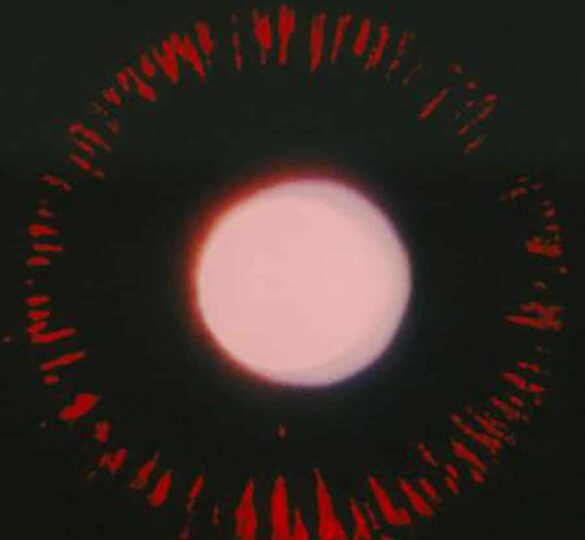Glaucoma pigmentario: respuestas a sus preguntas

El síndrome de dispersión de pigmentos es un factor de riesgo para el desarrollo del glaucoma, y los pacientes que padecen de esta afección deben ser evaluados periódicamente.
What is pigment dispersion syndrome and pigmentary glaucoma?
Pigment dispersion syndrome is a condition in which pigments from the back of the iris (the colored part of the eyes) break away and become trapped in the eye’s drainage system. These pigments can block drainage, which could, in turn, increase eye pressure.
Characteristics of pigment dispersion syndrome, such as the presence of excessive pigment in the drainage and areas of pigment loss in the iris, can be detected during an eye examination.
Pigment dispersion syndrome is more common among young white male patients with myopia. Eye pressure can increase significantly during exercise, but usually returns to normal.
These momentary increases in eye pressure can cause symptoms such as blurred vision and rainbow-colored halos around lights. As patients age advances, pigment dispersion decreases, but the patient may still be at risk of developing glaucoma.
How does pigment dispersion syndrome cause glaucoma?
Pigment dispersion syndrome can cause permanent damage to the drainage system and increase pressure in the eye. Over time, increased pressure in the eye can damage the optic nerve and cause pigmentary glaucoma. Untreated glaucoma can cause vision loss and eventual blindness.
How can doctors treat pigmentary glaucoma?
Treatment of pigmentary glaucoma involves reducing eye pressure through medications, laser procedures, or surgery. Unfortunately, it is difficult to reduce or eliminate the dispersion of iris pigments. Therefore, the focus is on reducing eye pressure.
Medications that reduce eye pressure decrease the amount of fluid that enters the eye or increases the amount of fluid that flows out of the eye. Depending on the severity of the disease, surgery can range from outpatient laser treatments to scalpel surgeries in an operating room.
Facts worth remembering
Pigment dispersion syndrome is a risk factor for the development of glaucoma, and patients suffering from this condition should be evaluated periodically. It is possible to treat patients with pigmentary glaucoma with good results. Fortunately, thanks to modern treatments, many patients can maintain excellent vision.

Ninita Helen Brown, MD, PhD
Ninita Helen Brown, MD, PhD is a glaucoma specialist at the Thomas Eye Group in Atlanta, Georgia. Dr. Brown is board certified in ophthalmology and a member of the American Academy of Ophthalmology.